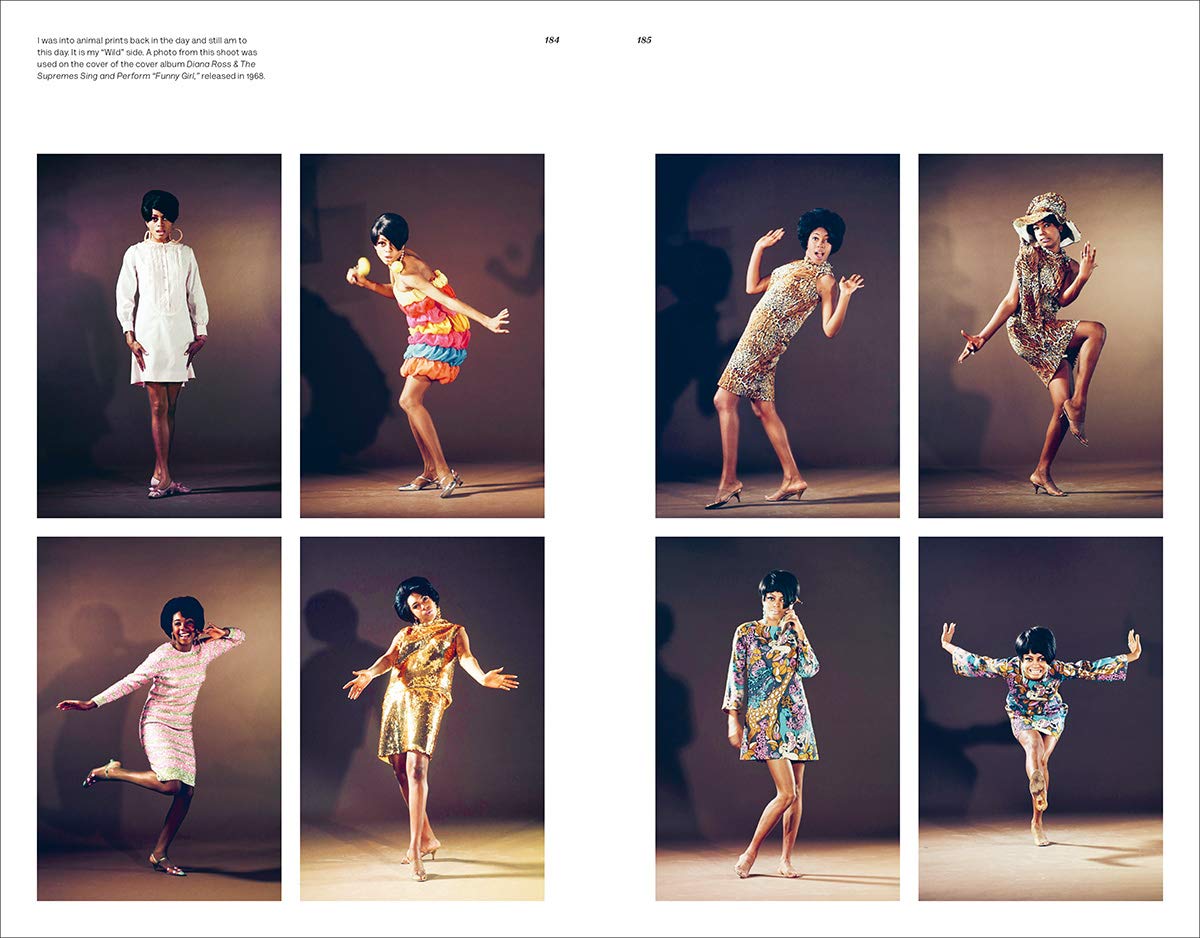
It might reasonably have been expected that Ross’s departure would spell the end of the Supremes, particularly after Gordy announced he was washing his hands of the group following a disagreement over who should replace Ross.

From that point on, the Supremes were a Diana Ross solo vehicle in all but name: subsequent singles, including Love Child and I’m Living in Shame, featured Ross backed by session singers. In 1967, the band’s name was changed to Diana Ross and the Supremes, precipitating the departure of the increasingly troubled Ballard. It was clearly unfair – Ballard and Wilson were fine singers, the latter’s soft-toned version of Come and Get These Memories from The Supremes A’ Go-Go (1966) is delightful – but you couldn’t argue with the commercial results: they had five No 1 singles in 12 months. First Ross became the de facto lead singer on all their singles, with her fellow members Mary Wilson and Florence Ballard relegated to occasional leads on album tracks or on stage.

From the moment in 1963 when label boss Berry Gordy began taking an interest in the trio – whose seven singles to date had met with such commercial indifference they’d become known around Hitsville USA as the No-Hit Supremes – it was obvious who he thought the group’s star was. It was not an entirely unexpected turn of events for anyone who knew about the internal workings of Motown Records. I n November 1969, Diana Ross announced her departure from the Supremes.


 0 kommentar(er)
0 kommentar(er)
